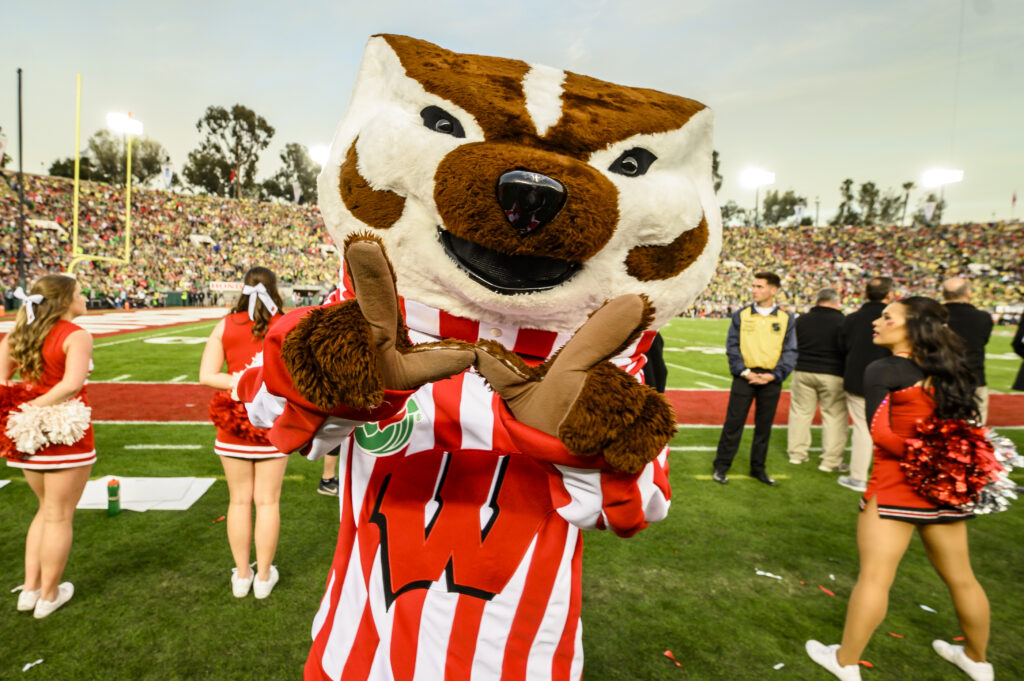By Matthew Ramthun
In Major League Baseball, the trend in recent years has been clear: to win, you have to spend. And spend big. If you look at teams that consistently win and make the playoffs every year, you’ll find high-spending franchises like the Yankees, Dodgers, Phillies, Astros, and Braves—all of whom rank in the top 10 in payroll this year, according to FanGraphs.
When it comes to winning the World Series, the correlation between spending and success is even stronger. In 2024, the Dodgers won with the 8th-ranked payroll (a rank that’s a bit misleading due to the large amount of deferred money on their books). In 2023, it was the Rangers with the 4th-ranked payroll. The 2022 Astros ranked 8th, and the 2021 Braves were 10th. According to Sportrac, there hasn’t been a World Series champion without a top 10 payroll since the 2017 Astros.
One team that has been defying the odds and finding consistent success despite a low payroll is the Milwaukee Brewers. They’ve made the playoffs in five of the past six seasons while maintaining a payroll in the bottom half of the league each year. So, how do the Brewers manage to compete? What’s their blueprint?
Trades.
The Brewers make the most of their limited resources by making smart trades—both acquiring key players and dealing away stars they can’t afford to re-sign.
The trade that kicked off this successful stretch came when the Brewers acquired Christian Yelich from the Marlins. It was a landslide win for Milwaukee. The players sent to Miami were underwhelming at best. The best player the Marlins received in the trade was Lewis Brinson, who hasn’t played in the majors since 2022, and owns a career-high batting average of just .226.
Meanwhile, Yelich went on to win the NL MVP immediately after the trade and nearly repeated the feat the following year. He’s been the team’s cornerstone player ever since—and one of the few players the Brewers have invested significant money in.
Another major win came when they acquired All-Star catcher William Contreras before the 2023 season. Contreras has since turned in back-to-back stellar seasons, finishing 11th in MVP voting in 2023 and 5th last year. Who might the Brewers have given up for him? Esteury Ruiz, who was recently cut from the Oakland A’s 40-man roster after a couple of underwhelming seasons. To add insult to injury, the Brewers also acquired Joel Payamps—a key piece of their bullpen.
The Brewers have also made a habit of trading away players they know they won’t be able to afford. While these trades may not always favor the Brewers, it’s better to receive some sort of compensation for players they know they would lose for nothing in free agency. In recent seasons, the Brewers have traded away high-quality players like Josh Hader, Corbin Burnes, and Devin Williams.
The Hader trade, at the time, was bad for the Brewers—arguably costing them a playoff spot that year. However, they received two key players: Robert Gasser, a top pitching prospect who impressed before an injury, and Esteury Ruiz, who was later flipped in the deal that landed Contreras and Payamps.
In the Corbin Burnes trade, the Brewers received DL Hall, Joey Ortiz, and a competitive balance first-round draft pick from the Orioles. Hall showed promise despite being injured much of the year, and Ortiz had a solid rookie season as Milwaukee’s starting third baseman, hitting .239 while playing great defense.
As for the Devin Williams trade? Jury’s still out.
However, the Brewers received former All-Star Nestor Cortez and promising prospect Caleb Durbin from the Yankees. Despite his smaller stature, Durbin hit .275 and hit 10 home runs in the minors last season.
One notable player the Brewers have not traded away, despite his contract expiring, was star shortstop Willy Adames. Having learned a hard lesson from the Hader trade, the Brewers opted to keep Adames to avoid destabilizing the team mid-season.
But, of course, Adames himself was originally acquired via trade—a deal they also clearly won when they picked him up from the Rays in 2021.
By trading away high-value players before they walk in free agency, the Brewers have been able to retool their roster with key pieces. They’ve also been able to utilize trades to acquire key players, while giving up a minimal amount in return.
How will the Brewers’ strategy of flipping players to stay lean work out this year?
My guess is pretty well. But only time will tell.

Leave a Reply